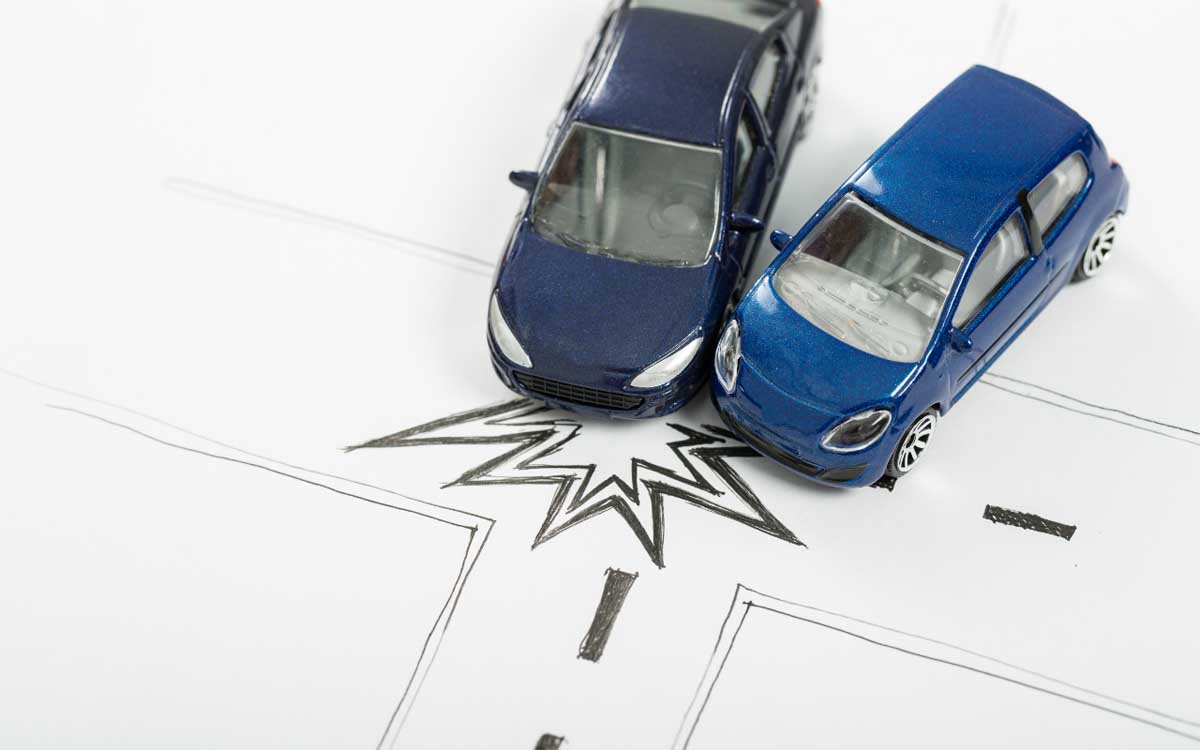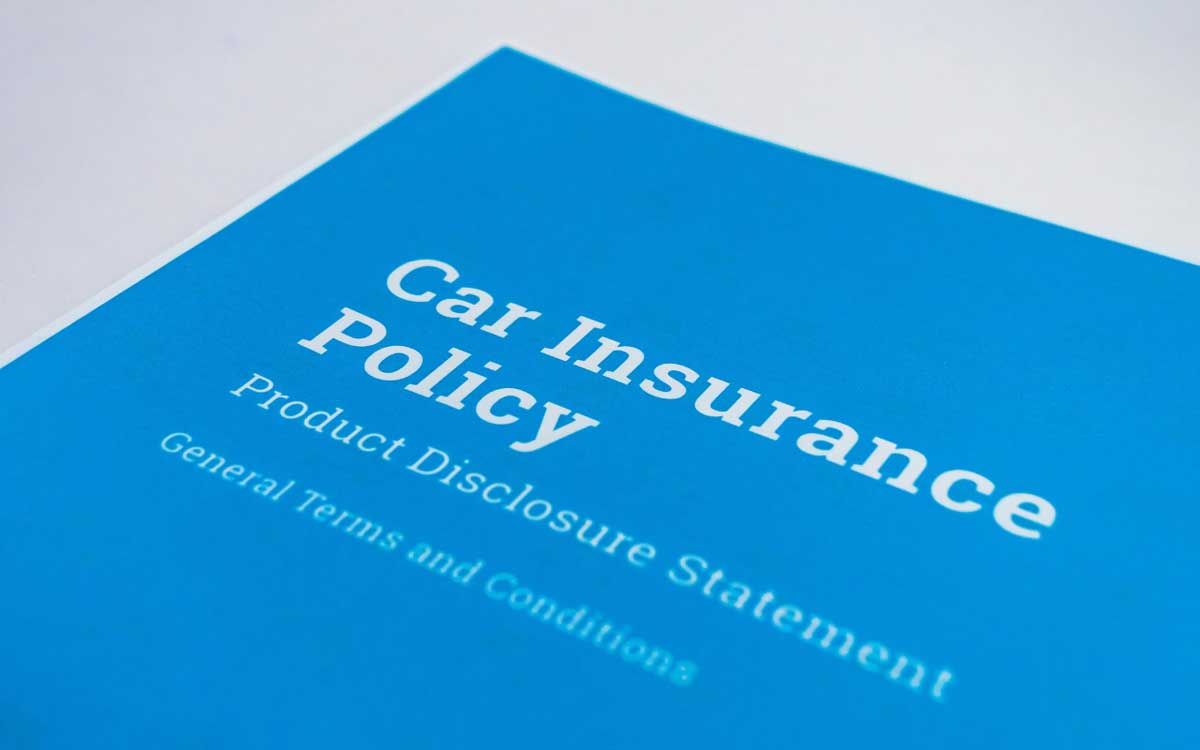Comprehensive Guide to Car Insurance Excess
May 30, 2024
What does it mean to pay an excess? Car insurance excess is a fundamental component of any car insurance policy. It is the amount you are required to pay towards a claim before your insurer covers the rest. Understanding how car insurance excess works, the different types, and when it applies can help you manage your policy effectively and make informed decisions. This guide provides a comprehensive overview of car insurance excess, answering common questions and addressing various scenarios, like unlisted driver excess and inexperienced driver excess, to help you navigate your car insurance with confidence.
What is Excess in Car Insurance?
Excess in the life insurance industry refers to the predetermined amount you must pay out-of-pocket when you make a car insurance claim. This amount is agreed upon when you purchase your policy and serves two main purposes: reducing the insurer’s risk and discouraging minor claims. Essentially, it acts as a deductible, helping to manage the cost of premiums. The higher your excess, the lower your premiums typically are, and vice versa. For example, if your excess is $500 and your repair cost is $2,000, you pay $500, and the insurer pays the remaining $1,500.
Excess helps keep comprehensive car insurance affordable and ensures that claims are only made for significant damages or losses.
Insurance Excess vs Insurance Premium
When purchasing a comprehensive car insurance policy from an authorised representative, you will have to consider their corresponding excess and premium. An insurance excess is an amount you, as a policyholder, should pay to make an insurance claim on your policy. Depending on the type of insurance policy you hold, a basic excess could be around a dollar, among other types. It’s vital to review where the excess applies when buying an insurance policy, as it differs from insurer to insurer. So, simply put, standard excess is the amount of money you pay from your pocket when making a claim. There is more than one excess, including:
basic excess,
standard excess,
age excess,
additional excess,
voluntary excess and
compulsory excess.
On the contrary, an insurance premium is the stipulated amount set by the life insurance industry, which you should pay within the set timeframe to maintain the insurance coverage. Insurance companies offer comprehensive car insurance to holders, offering several options to pay insurance premiums to ensure the continuity of the policy and provide an insurance certificate. An authorised agent calculates premiums on the basis of age, lifestyle, income level, occupation, financial hardship, health, and claims history to ensure consistent premium payments.
You can consult an authorised representative for details on comprehensive car insurance and various excesses, including basic excess, unlisted driver excess, standard excess, additional excess, or general advice on getting an insurance certificate at your residential address.
What Are the Different Types of Excess?
Standard Excess
Standard excess is the basic amount you agree to pay on any claim. This amount is set by the insurer and applies to most claims. It ensures that you contribute a portion of the claim costs, which helps keep insurance premiums affordable.
Voluntary Excess
Voluntary excess is an additional amount you choose to pay on top of the standard excess. Opting for a higher voluntary excess can lower your insurance premiums, but it means you will pay more out-of-pocket if you make a claim. For instance, if your standard excess is $500 and you choose a voluntary excess of $200, your total excess becomes $700.
Age Excess
Age excess applies to drivers under a certain age, usually under 25. This additional excess or extra charge is due to the higher risk associated with younger, less experienced drivers. For example, if a 22-year-old at fault driver has an accident, they may have to pay an age excess on top of their standard excess.
Inexperienced Driver Excess
Inexperienced driver excess applies to drivers with less driving experience, typically those who have been licenced for less than two years. This excess reflects the higher risk associated with new drivers, regardless of their age. For instance, a 30-year-old who has only been driving for a year might face an inexperienced driver excess.
Driver History Excess
Driver history excess is an additional charge based on the driver’s history, including past claims or traffic violations. Insurers apply this excess to account for the increased risk posed by drivers with a history of incidents. For example, a driver with multiple speeding tickets might have to pay this excess.
Fixed Kilometre Plan Excess
The fixed kilometre plan excess is basically a standard agreement in vehicle leasing with a predefined limit on kilometres on a daily, monthly, or annual basis. If you exceed the limit, the excess applies. Typically, leasing companies use a fixed kilometre plan to offer contracts, which may range between 15,000 km/year and 60,000 km for four years. Some rental companies also use this plan for setting a daily kilometre limit, exceeding which results in an additional excess.
Fixed kilometre plan excess is also used by corporates for fleet management. For instance, companies that offer vehicles to employees set kilometre limits to reduce unnecessary operational charges. Employees requesting rides beyond the assigned kilometre may face a basic excess or internal penalties. Fortunately, you can avoid excess fixed kilometre charges with the following tips:
Compare plans and choose the right one. Calculate the kilometres you usually travel to find the best plan.
With some companies, you can purchase extra kilometres. Negotiate with them for a lower rate.
Track your mileage. If you do not frequently drive, opt for an unlimited kilometre plan as it is more cost-effective.
When Do You Pay Excess on Car Insurance?
You are required to pay an excess in several situations, including:
At Fault Accidents: If you are responsible for an accident, you must pay an excess when making a claim.
Theft of Your Vehicle: If your car is stolen, you will need to pay an excess to file a claim.
Vandalism: In cases of vandalism, the excess applies when you make a claim.
Natural Disasters: Damage caused by events like hailstorms usually requires you to pay an excess.
Windscreen Damage: Depending on your policy, you may need to pay an excess for windscreen repairs or replacements.

Claims That May Be Exempt from Excess
Certain claims might be exempt from paying excess, including:
Do you pay excess if not your fault? If you can prove the other driver was at fault and provide their details, you may not have to pay an excess.
Policy Conditions: Some policies have specific conditions or add-ons that waive the excess for particular claims. For instance, a windscreen protection add-on might cover the full cost of repairs or replacements without requiring you to pay an excess. Other examples could include claims for emergency repairs or if the damage is minor and falls below a certain threshold.
Can I Pay an Excess in Instalments
Some insurers offer the flexibility to pay your excess in instalments. This can be particularly helpful if the excess amount is significant and paying it in one lump sum would be challenging. Discuss this option with your insurer and an authorised agent to understand the terms and conditions, and whether it incurs additional costs.
Understanding particular objectives and payment options with the aid of an authorised representative helps you manage your out-of-pocket expenses and ensures that you are prepared when making a claim. It is also essential to avoid financial hardship.
What Factors Affect Car Insurance Excess?
When managing your car insurance policy, it’s crucial to understand the particular objectives of a car insurance excess. This is the amount you agree to pay out-of-pocket before your insurer steps in to cover the rest of a claim. Here’s a detailed look at the factors affecting car insurance excess.
Premiums: The Cost-Benefit Balance
Higher excess typically lowers your premium. When you opt for a higher excess, you’re agreeing to shoulder more of the initial claim cost. This reduces the risk for the insurer, which often translates into lower monthly premiums for you.
Claims: Understanding Out-of-Pocket Costs
Excess impacts the amount you pay out-of-pocket when making a claim. When an incident occurs, the excess is the portion you pay before insurance kicks in. A higher excess means you’ll need to pay more upfront if you make a claim, but this might be balanced by lower premium costs.
Financial Situation: Finding the Right Balance
Choose an excess amount that balances your premium and out-of-pocket expenses. Deciding on an excess amount involves assessing your financial situation. You need to strike a balance between manageable premiums and affordable out-of-pocket expenses should you need to make a claim.

Practical Tips for Handling Car Insurance Excess
Navigating car insurance excess can be tricky, but these practical tips can help you manage it effectively.
Understanding Your Policy
Make sure you thoroughly understand your policy to know your exact excess amounts. Review your policy documents or speak with your insurer to clarify any uncertainties. Knowing the details ensures you’re not caught off guard when a claim arises.
Scenarios Where Adjusting Your Excess Might Be Beneficial
Consider adjusting your excess based on your financial situation and driving habits. If you rarely make claims, opting for a higher excess can lower your premiums. Conversely, if you prefer lower out-of-pocket costs in the event of a claim, a lower excess might be more suitable.

Steps to Take When Filing a Claim Involving Excess
When filing a claim, follow these steps:
1. Report the Incident: Contact your insurer as soon as possible.
2. Gather Evidence: Collect all necessary documentation, including photos and witness statements.
3. Submit Your Claim: Provide all required information to your insurer.
4. Pay the Excess: Be prepared to pay an excess as stipulated in your policy.
5. Follow Up: Stay in touch with your insurer to track the progress of your claim.
By understanding your policy, considering the benefits of adjusting your excess, and knowing the steps to take when filing a claim and getting general advice, you can manage your car insurance more effectively and ensure you’re prepared for any situation.
Common Questions about Car Insurance Excess
Understanding when you need to pay your car insurance excess can help you avoid surprises. Here are answers to some common questions:
Do I Pay Excess if I Damage Another Car?
Yes, if you are an at fault driver, you must pay the excess for damaging another car. This is because you are responsible for the incident, and the excess is your contribution to the cost of repairs. For example, if you rear-end another vehicle and the repair cost is $3,000, you will need to pay your excess amount before your insurer covers the rest.
Do I Pay Excess if the Accident Wasn’t My Fault?
Typically, no excess is required if you can prove that you are not an at fault driver, but the other driver was, and you can provide their details to your insurer. This includes their name, contact information, claims history and insurance details. If you cannot provide these details, you may still have to pay an excess. For instance, if you are hit by another car that runs a red light and you have their information, your insurer will likely waive your excess
Do I Pay Excess if My Car is Stolen?
Yes, you will need to pay the excess if your car is stolen and you make a claim. This applies regardless of the circumstances of the theft, as the excess is a standard part of your policy. For example, if your car is stolen from your driveway, you will need to pay the excess amount specified in your policy when you claim for the loss.
Do I Pay Excess if My Car is Damaged by Hail?
Yes, you will generally need to pay the excess if your car is damaged by hail and you make a claim. Weather-related claims typically require you to contribute the excess amount. For instance, if a hailstorm causes $2,000 worth of damage to your car, you will need to pay the excess before your insurer covers the remaining repair costs.
Do I Pay Excess if My Car is Vandalised?
Yes, you will need to pay the excess if you make a claim for vandalism. Similar to theft and accidental damage, the excess is a contribution towards the repair costs. For example, if your car is keyed and the repair cost is $1,500, you will need to pay your excess amount before the insurer covers the rest.
Do I Pay Excess if My Car is a Write-Off?
Yes, you will pay the excess if your car is declared a write-off and you make a claim. The excess is deducted from the payout you receive for the total loss of your vehicle. For example, if your car is valued at $10,000 and declared a write-off, and your excess is $1,000, you will receive $9,000 from your insurer.
Understanding these scenarios helps you prepare for any situation that might arise, allowing you to manage your car insurance policy more effectively.
Conclusion
Understanding car insurance excess is key to making informed decisions about your policy. You can balance your premiums by choosing the right excess and be better prepared for claims. Always review your policy details and discuss your options with your insurer to find the most suitable balance for your financial needs. This guide aims to provide a comprehensive understanding to help you navigate your car insurance with confidence.
Share this article:
Other Articles
View All ArticlesUnderstanding Car Insurance Claims & Time Limit in Australia
The Australian car insurance market is a competitive landscape with over 63 comp...
Read MoreYour Car Insurance Affected When You’re Not At Fault?
It can be stressful and confusing to know what to do after you’ve had a car acci...
Read More